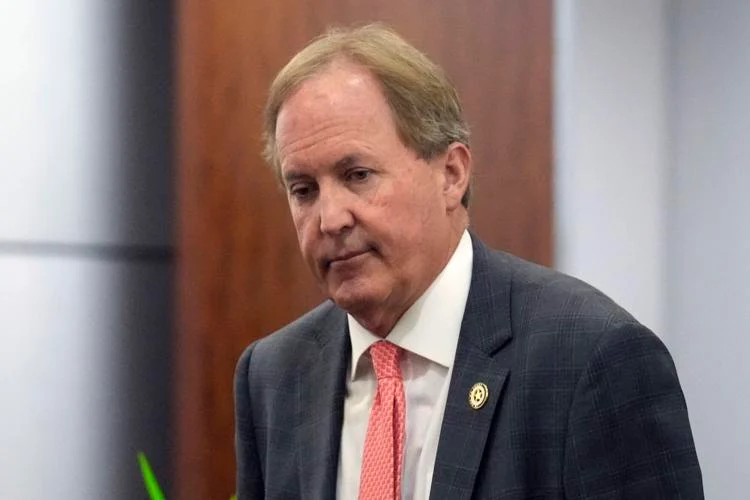The Supreme Court of India has issued a stay on the National Commission for Protection of Child Rights (NCPCR) communications that urged states to transfer students from unrecognized madrassas to government schools. This decision, made on Monday, comes amid a significant legal challenge from the Muslim organization Jamiat Ulema-i-Hind.
Legal Challenge and Court Ruling
A bench led by Chief Justice DY Chandrachud, along with Justices J.B. Pardiwala and Manoj Misra, acknowledged the arguments presented by Jamiat Ulema-i-Hind, which contested directives from the Uttar Pradesh and Tripura governments mandating the transfer of students from unrecognized madrassas. The court ruled that the NCPCR communications, dated June 7 and June 25, 2024, should not be implemented and also stayed subsequent directives issued by the states.
Furthermore, the Supreme Court permitted Jamiat Ulema-i-Hind to include other states as respondents in its petition, expanding the scope of the case.
Implications for Educational Rights
This ruling highlights the ongoing legal battle surrounding the rights of students attending unrecognized madrassas. The NCPCR’s communications aimed to ensure formal education for all children within recognized institutions but faced criticism for potentially infringing on the educational rights of students from religious minorities.
The Supreme Court’s decision reflects a cautious approach in balancing state interests with the rights of individual communities. By staying the NCPCR’s directives, the court has opened avenues for further discussions regarding the implications of such actions on religious education and the broader right to education.
Jamiat Ulema-i-Hind has expressed concerns that transferring madrassa students to government schools could disrupt their education and cultural identity.
As the case progresses, it will be critical to observe how the Supreme Court addresses educational equity, cultural rights, and the role of unrecognized institutions in providing education to children. The outcome may set a precedent for similar cases, influencing policies related to madrassas and minority student rights across the country.
This stay provides temporary relief for affected students and communities, allowing for a more comprehensive examination of the NCPCR’s intentions and the broader implications of its recommendations. The Supreme Court’s involvement underscores the ongoing tension between educational policy and the protection of minority rights within India’s diverse society.














